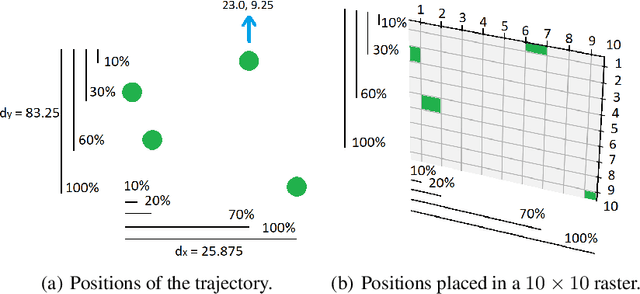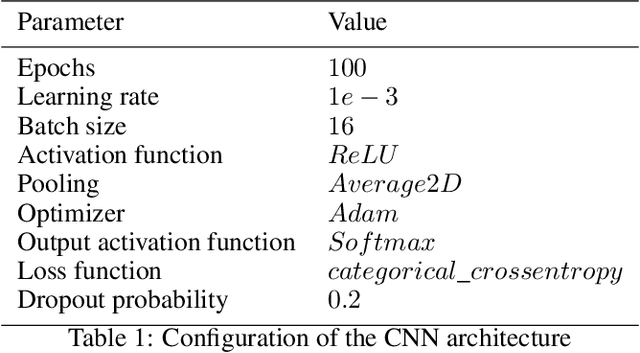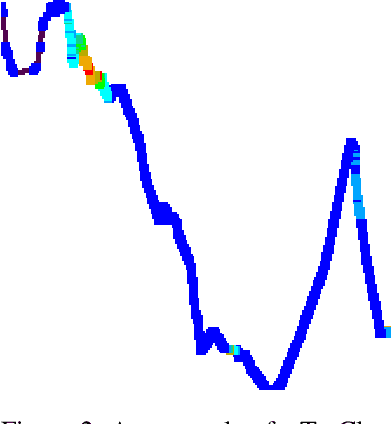Ioannis Kontopoulos
An evaluation of time series forecasting models on water consumption data: A case study of Greece
Mar 30, 2023



Abstract:In recent years, the increased urbanization and industrialization has led to a rising water demand and resources, thus increasing the gap between demand and supply. Proper water distribution and forecasting of water consumption are key factors in mitigating the imbalance of supply and demand by improving operations, planning and management of water resources. To this end, in this paper, several well-known forecasting algorithms are evaluated over time series, water consumption data from Greece, a country with diverse socio-economic and urbanization issues. The forecasting algorithms are evaluated on a real-world dataset provided by the Water Supply and Sewerage Company of Greece revealing key insights about each algorithm and its use.
TraClets: Harnessing the power of computer vision for trajectory classification
May 30, 2022



Abstract:Due to the advent of new mobile devices and tracking sensors in recent years, huge amounts of data are being produced every day. Therefore, novel methodologies need to emerge that dive through this vast sea of information and generate insights and meaningful information. To this end, researchers have developed several trajectory classification algorithms over the years that are able to annotate tracking data. Similarly, in this research, a novel methodology is presented that exploits image representations of trajectories, called TraClets, in order to classify trajectories in an intuitive humans way, through computer vision techniques. Several real-world datasets are used to evaluate the proposed approach and compare its classification performance to other state-of-the-art trajectory classification algorithms. Experimental results demonstrate that TraClets achieves a classification performance that is comparable to, or in most cases, better than the state-of-the-art, acting as a universal, high-accuracy approach for trajectory classification.
 Add to Chrome
Add to Chrome Add to Firefox
Add to Firefox Add to Edge
Add to Edge